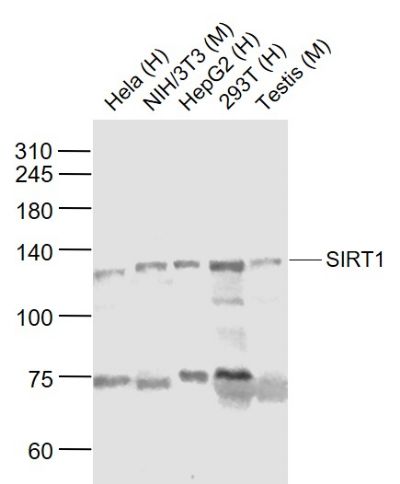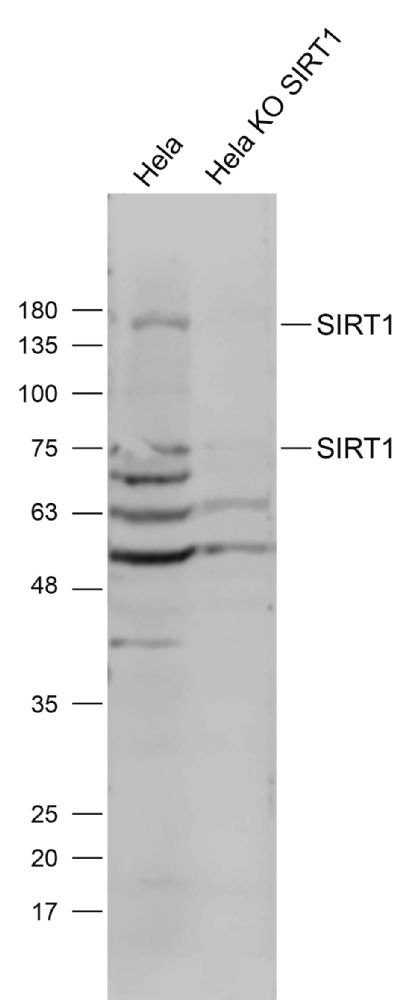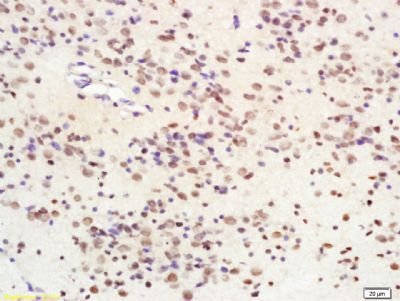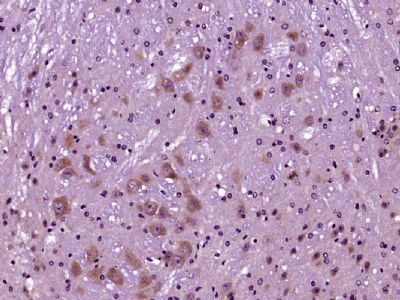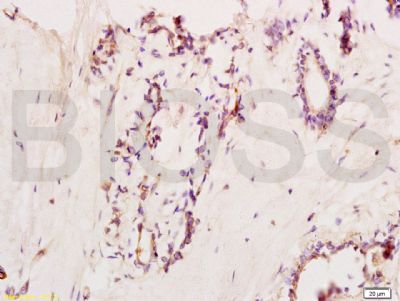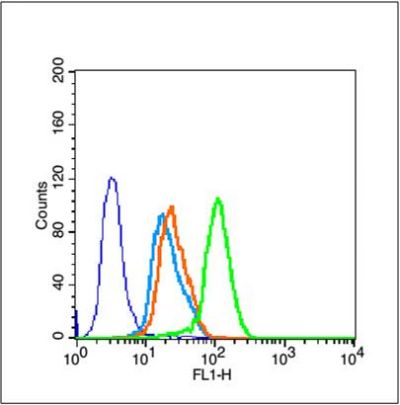[IF=2.639] Biqi Han. et al. Harmful Effects of Inorganic Mercury Exposure on Kidney Cells: Mitochondrial Dynamics Disorder and Excessive Oxidative Stress. 2021 May 31 WB ; Human.
[IF=5.81] Lin B. et al. Antioxidant Effects of Sophora davidi (Franch.) Skeels on d-Galactose-Induced Aging Model in Mice via Activating the SIRT1/p53 Pathway.. Front Pharmacol. 2021 Dec;12:754554-754554 IHC ; Mouse.
[IF=4.411] Hyo Won Jung. et al. Anticancer Effects of Ursi Fel Extract and Its Active Compound, Ursodeoxycholic Acid, in FRO Anaplastic Thyroid Cancer Cells. Molecules. 2021 Jan;26(17):5309 WB ; human.
[IF=3.998] Haichao Lin. et al. HMGR overexpression and interference affect the expression of steroidogenic genes and cholesterol content in bovine intramuscular adipocytes. Sci Rep-Uk. 2020 Oct;10(1):1-8 WB ; Cattle.
[IF=3.212] Xu Sun. et al. FGF21 Enhances Therapeutic Efficacy and Reduces Side Effects of Dexamethasone in Treatment of Rheumatoid Arthritis. Inflammation. 2021 Feb;44(1):249-260 WB ; Mouse.
[IF=2.634] Shi Lina. et al. Sirt1 Regulates Oxidative Stress in Oxygen-Glucose Deprived Hippocampal Neurons. Front Pediatr. 2020 Aug;8:455 WB ; Rat.
[IF=7.518] Qi Guo. et al. Adiponectin treatment improves insulin resistance in mice by regulating the expression of the mitochondrial-derived peptide MOTS-c and its response to exercise via APPL1–SIRT1–PGSLC1α. Diabetologia. 2020 Dec;63(12):2675-2688 WB ; Mouse.
[IF=3.166] Shi et al. Vam3, a derivative of resveratrol, attenuates cigarette smoke-induced autophagy. (2012) Acta.Pharmacol.Si. 33:888-96 IHSLCP ; Mouse.
[IF=3.1] Yan, Dongying, et al. "Effects of Aluminium on long‐term Memory in Rats and on SIRT1 Mediating the Transcription of CREB‐Dependent Gene in Hippocampus." Basic & Clinical Pharmacology & Toxicology (2017). WB ; Rat.
[IF=5.36] Mohan, Mahesh, et al. "Dysregulated miR34a SIRT1 Acetyl p65 Axis Is a Potential Mediator of Immune Activation in the Colon during Chronic Simian Immunodeficiency Virus Infection of Rhesus Macaques." The Journal of Immunology (2014): 1401447.
[IF=2] Da HU. et al. Nicotinic Acid against Acetaminophen-Induced Hepatotoxicity via Sirt1/Nrf2 Antioxidative Pathway in Mice. J Nutr Sci Vitaminol. 2021 Jun;67(3):145-152 WB ; Mouse.
[IF=4.545] Kai Kanget al. FGF21 attenuates neurodegeneration through modulating neuroinflammation and oxidant-stress. Biomed Pharmacother
. 2020 Sep;129:110439. WB ; mouse.
[IF=4.486] Ming Qiet al. Postnatal growth retardation is associated with intestinal mucosa mitochondrial dysfunction and aberrant energy status in piglets. J Cell Mol Med
. 2020 Sep;24(17):10100-10111. WB ; pig.
[IF=2.575] Chen H et al. Sevoflurane attenuates cognitive dysfunction and NLRP3-dependent caspase-1/11-GSDMD pathway-mediated pyroptosis in the hippocampus via upregulation of SIRT1 in a sepsis model. Arch Physiol Biochem. 2020 Jun 13;1-8. WB ; Mouse.
[IF=1.692] Gao D et al. Protective effect of astaxanthin against contrast-induced acute kidney injury via SIRT1-p53 pathway in rats.(2018)Int Urol Nephrol WB ; Rat.
[IF=1.69] Zeng et al. Hypothermic machine perfusion ameliorates inflammation during ischemia‑reperfusion injury via sirtuin‑1‑mediated deacetylation of nuclear factor‑κB p65 in rat livers donated after circulatory death. (2017) Mol.Med.Rep. 16:8649-8656 WB ; Rat.
[IF=3.74] Hu, Zheng, et al. "5-Aminolevulinic acid-mediated sonodynamic therapy induces anti-tumor effects in malignant melanoma via p53-miR-34a-Sirt1 axis." Journal of dermatological science 79.2 (2015): 155-162. WB ; Mouse.
